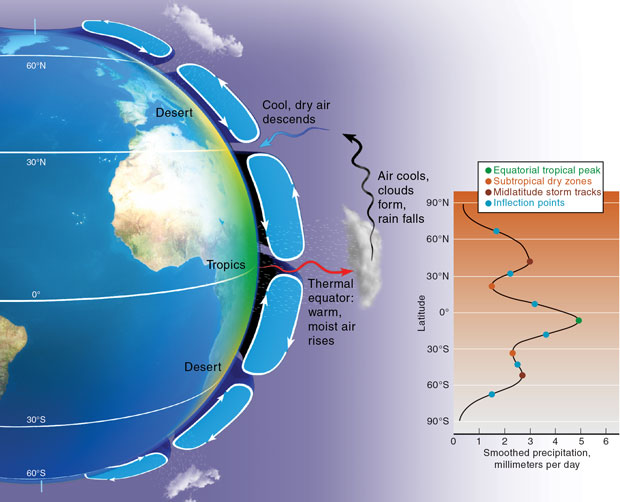- Thread starter
- #81
Then explain where the energy goes. It enters the atmosphere at the surface, is absorbed, and much less comes out the upper atmosphere. Where did it go? Inquiring minds want to know.↑
2. The greenhouse effect warms the atmosphere by capturing and recycling surface radiation energy that otherwise would be directly lost to space. Undeniable.
Water vapor and gravity...nothing else.
Then explain where the energy goes. It enters the atmosphere at the surface, is absorbed, and much less comes out the upper atmosphere. Where did it go? Inquiring minds want to know.
What do you mean"much less comes out, where did it go?"
its all there going out:

Also who cares if the first 10 meters absorb all the CO2 can absorb. It means shit as far as temperature is concerned, else it would be measurably hotter 1 meter off the ground than at 10 meters.
And that should apply for indoors as well, but does not.
Matter of fact the temperature drops by over 50 C at the lower altitudes where all the denser CO2 is and then increases again:

Up top in the Thermosphere where there is no CO2 the T drops at only 1/2 the rate radiating into space as it does near the surface in the Troposphere. Which should make it clear that CO2 "back radiation" matters sweet f-all in getting rid of surface heat.





